A UNIQUE DOCUMENTARY ABOUT LINGUISTIC AND CULTURAL DIVERSITY IN A SETTING TOO OFTEN PORTRAYED AS TRIBAL, ISOLATED AND UNDERDEVELOPED.
Agnack is a place where both rivers and people converge in the most stunning of ways – a place where it is considered perfectly normal to speak a minimum of six languages. For the first time in history the people of Agnack allowed cameras to film as they prepare for an unforgettable event that gives a visually enticing record of local religion, focused on honouring the ancestors. As every single aspect of life in Agnack and the wider region, the anniversary of death celebrations with which the film culminates are thickly multilingual and testifiy of the interconnectedness and cosmopolitanism of this area, where diversity and multilingualism are centuries old.
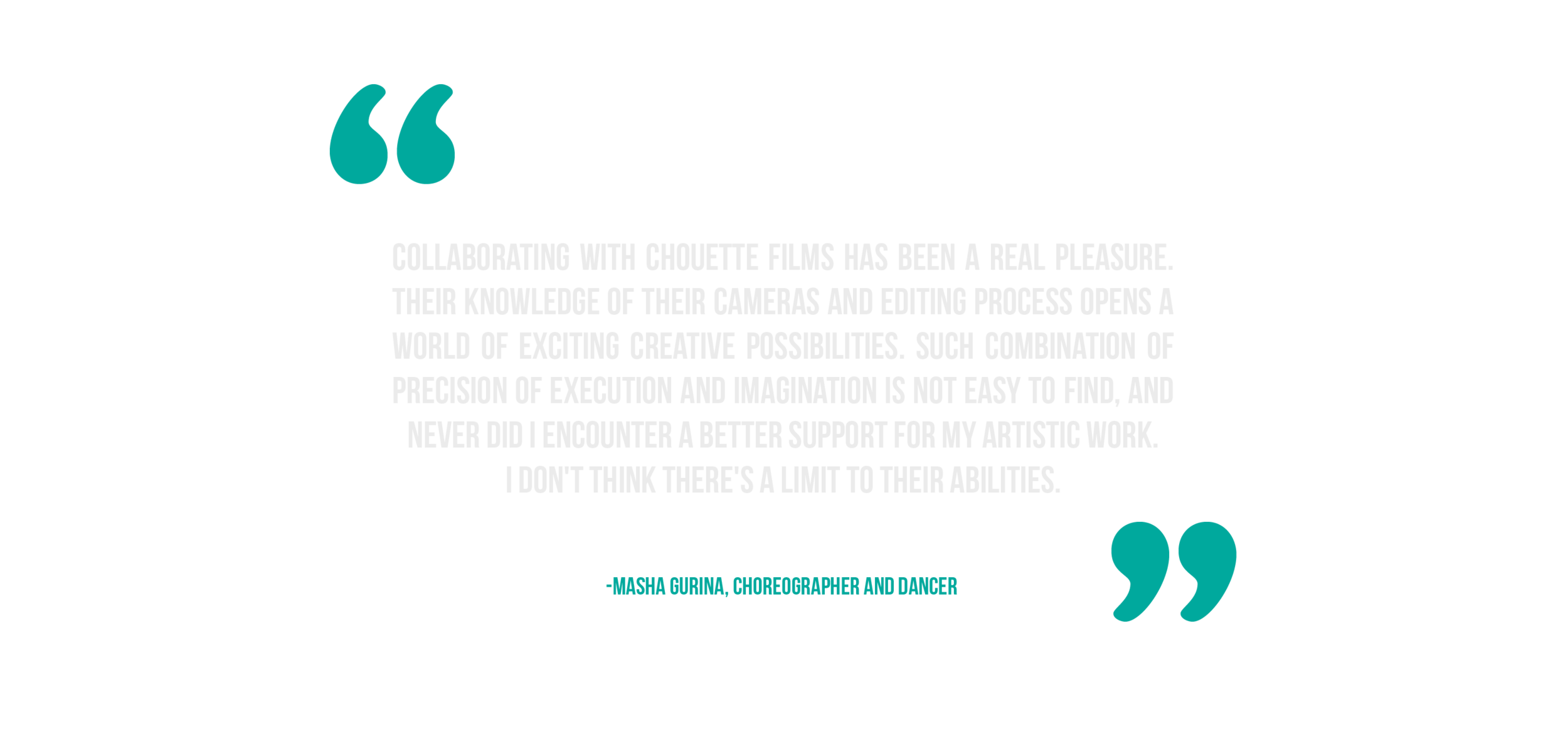
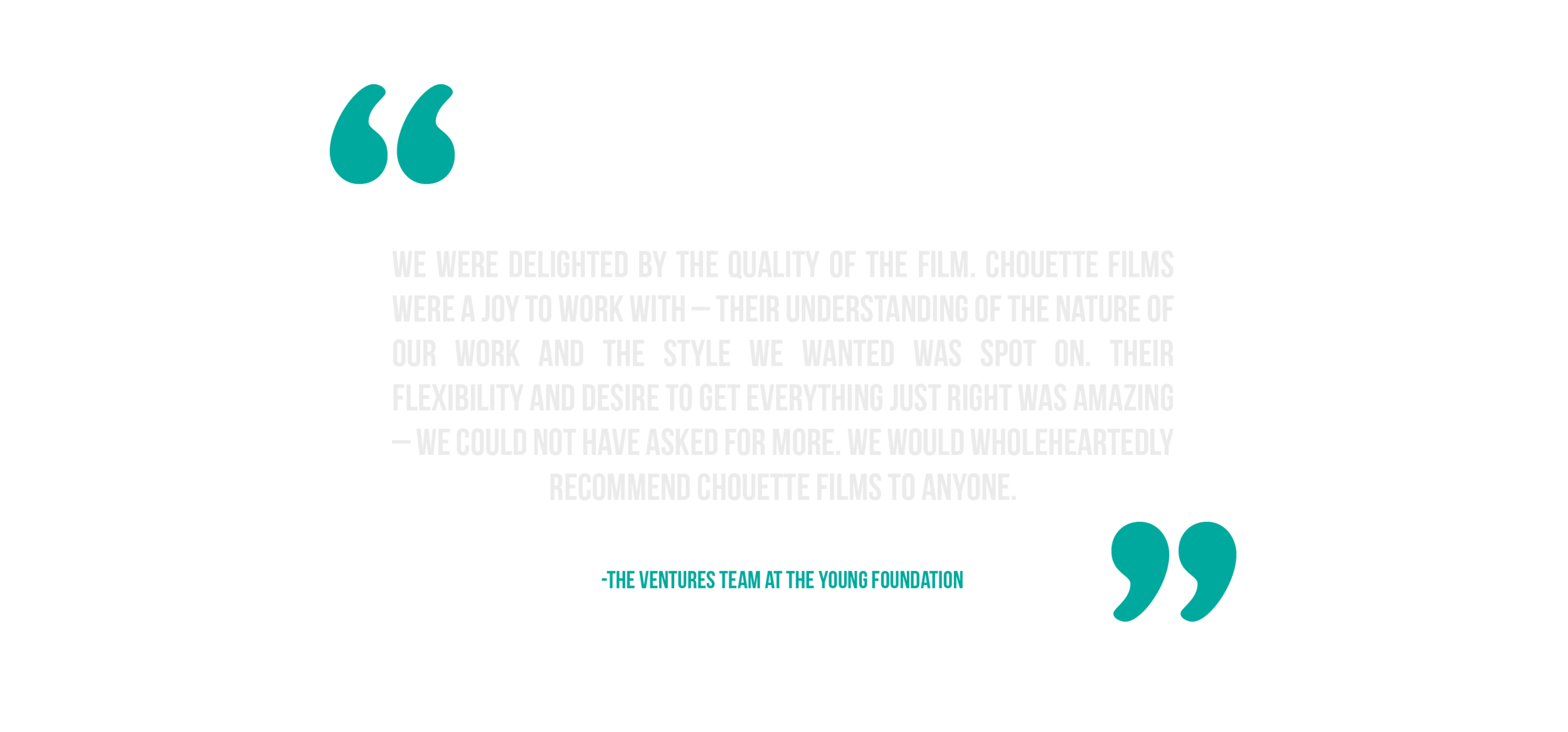
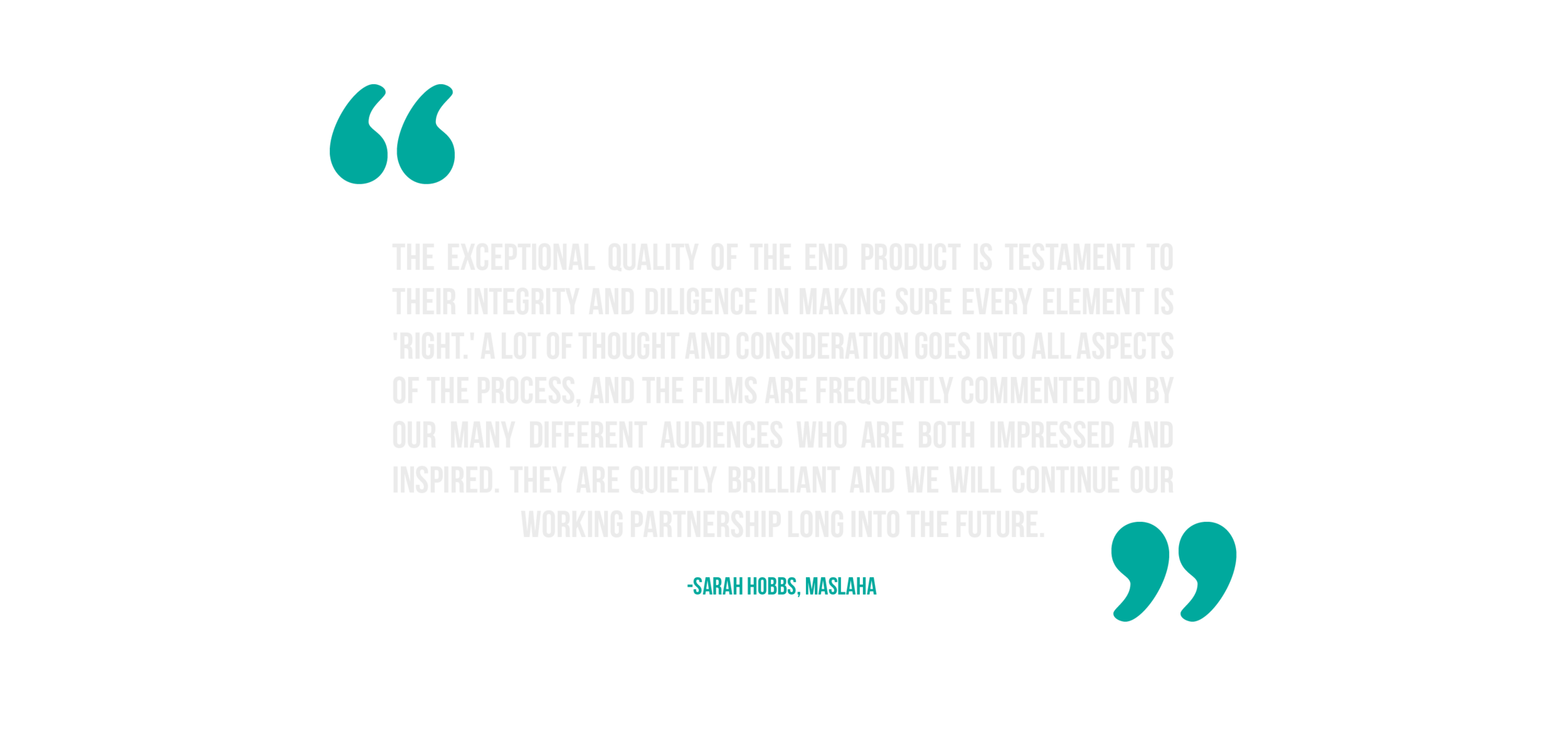
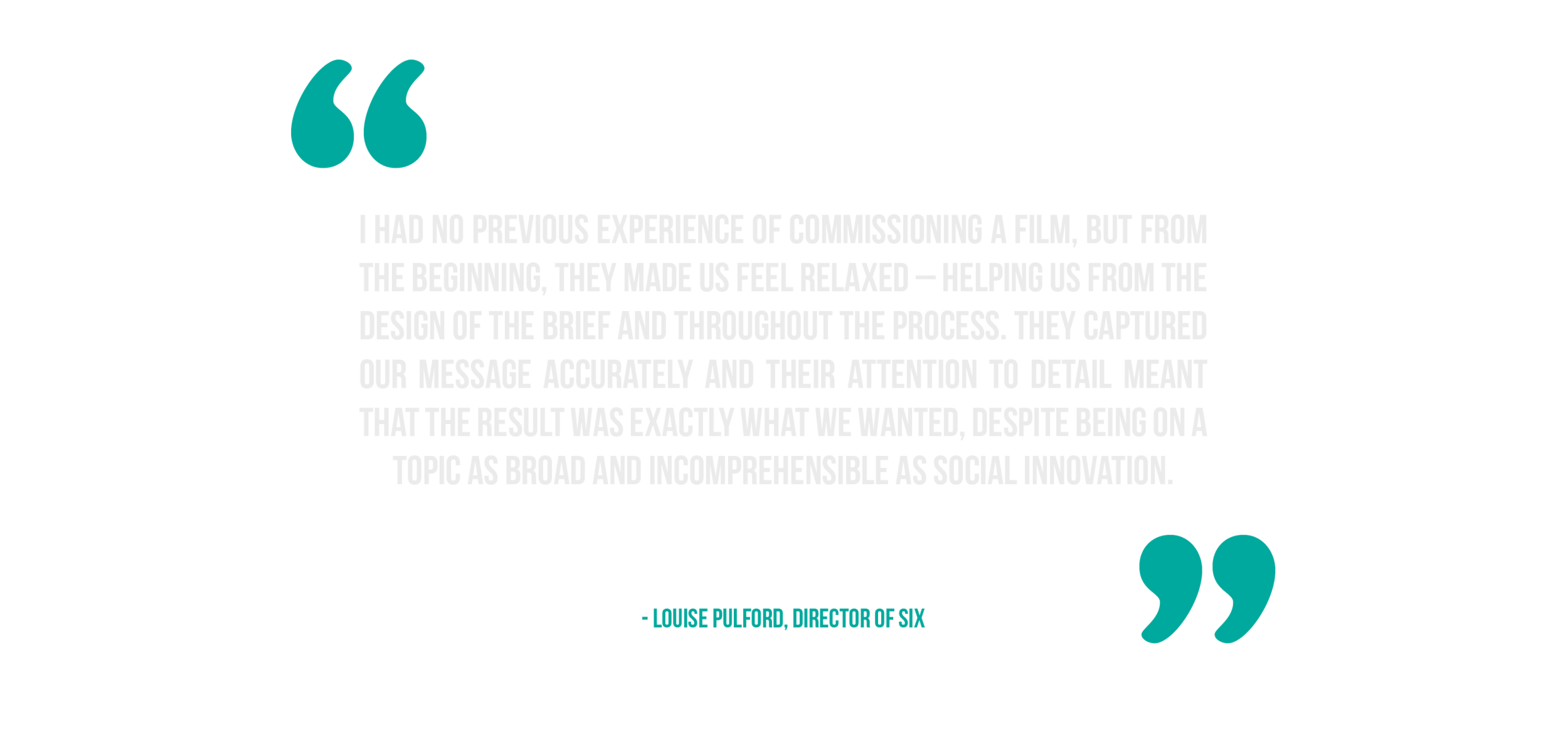
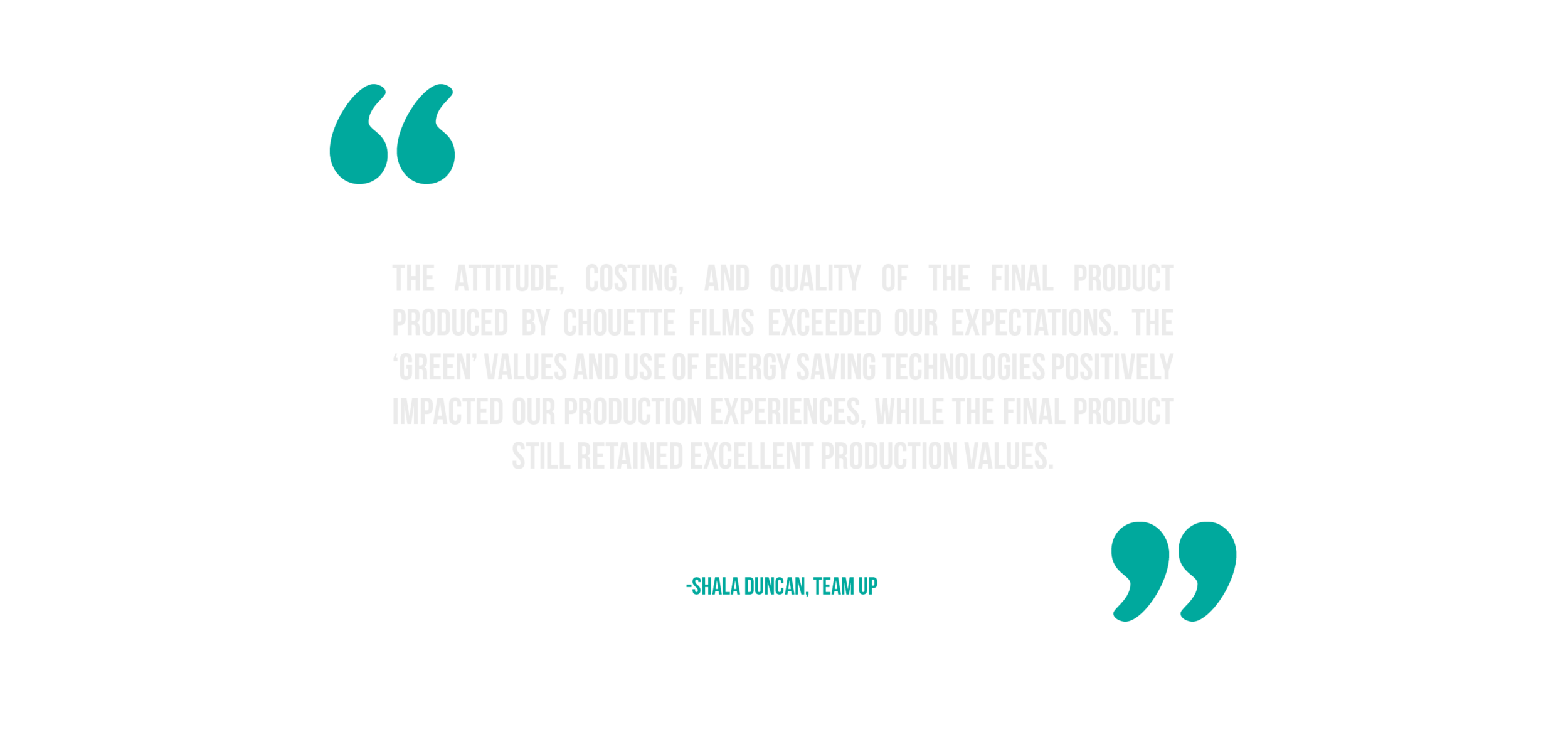
WATCH THE FILM
VOD FOR PERSONAL USE
Purchase your own copy or stream from anywhere in the world on your mobile device, tablet or tv through Vimeo on demand.
* Audiences from the Global South may request a discount code of 70%
HOST A PUBLIC SCREENING
Request a copy of the film for public screenings or educational purposes by emailing Royal Anthropological Institute film@therai.org.uk * All profits made from the sale of this film through RAI will go to the association of the inhabitants of Agnack Grand
THE FILM
The film takes place in the beautiful and small village of Agnack Grand in Casamance, Senegal. Casamance, a region of meandering rivers and wetlands, also happens to possess like many places in Africa an extraordinary richness of cultural and linguistic diversity. Agnack is a place where both rivers and people converge in the most stunning of ways – a place where it is considered perfectly normal to speak a minimum of six languages.
With this extraordinary (for Westerners) linguistic and cultural diversity in mind, the film tells the story of the people of Agnack as they laboriously prepare for a once in a lifetime event – an event that gathers relatives from near and far for days of eating, drinking, dancing and sacrifice in celebration of the village’s late leader.
+ WHY IS THIS FILM IMPORTANT?
- 'KANRAXËL - THE CONFLUENCE OF AGNACK' is unique because it focuses not on yet another ‘problem story’ from Africa, but on one of the region's greatest resources. The film has huge potential to convey a wonderful and widely unknown aspect of many African societies: the successful management of linguistic and cultural diversity, despite the fact that this region of the world is known elsewhere largely for its deficiencies.
Multilingualism and diversity are concepts generally associated with modern urbanization and globalization. Centuries-old ways of managing cultural and linguistic diversity in so-called “traditional” and rural societies, on the other hand, hardly touch the public mind. This is especially true for African societies that are often depicted as backwards, underdeveloped, and uneducated - an incredibly ironic characterisation in the face of so-called “uneducated” villagers often speaking four, five, or even six languages fluently (something hardly any Western graduate could master).
There is almost no research, let alone outreach or creative material, on rural African multilingualism. This film therefore represents a unique cultural and creative resource, conveying aspects of diversity and multilingualism in Africa which do not generally figure in the mind of general audiences and researchers alike. In a setting too often portrayed as homogeneous or “tribal”, this film shows that cultural and linguistic diversity can act as a valuable resource, rather than as a source of tension or conflict.
The tolerance and diversity management shown in the film bears great relevance to a wider audience, especially in today’s era of globalization. By conveying this unique and stunning example, the film has great potential not only to entertain but to take these important topics to a wider audience, including the general public as a whole, but also minority community members, language endangerment researchers, teachers and policymakers specifically. It can also provide inspiring models to language management and teaching elsewhere, and help people more generally rethink the way they view multiculturalism, including for example the way bilingual schoolchildren are perceived and dealt with.
From an anthropological perspective, the film will also be a priceless resource for offering insight into intimate aspects of local cultura and daily life. The ceremony shown in the film and the rituals associated with it are surrounded by such guarded mystery that even many locals are excluded from seeing what goes on 'behind the scenes', with only a select trusted few from the community chosen to protect it. What is equally striking is that this is the first time this type of event has been filmed, apart from the filming of a theatrical version performed in the 1980s for the ‘Day of Baïnounk Culture’ at a culture centre in the regional capital Ziguinchor. Yet, thanks to Dr Friederike Lüpke's trusted long term relationship with the community, our crew was lucky enough to have the privilege of being welcomed into the community to film the event in real life for the first time ever! This film not only can be of great interest to viewers around the world, but is therefore especially valuable to the inhabitants of Agnack themselves.

